When you’re shopping for a piano, especially if you’re new to the idea, the number of styles and technical terms can feel overwhelming. Among all the options, two stand out as the most common and practical: the upright piano and the grand piano. Both are acoustic instruments with rich histories, unique designs, and distinct advantages. This guide explores the main types of pianos, focusing on the differences between upright and grand models, to help you decide which one is the best fit for your home, lessons, or performance needs.
Overview of Piano Types
Before diving into the upright piano vs grand piano comparison, it’s helpful to understand how pianos are generally categorized.
Acoustic vs Digital Pianos
At the broadest level, pianos fall into two categories: acoustic and digital. Acoustic pianos, such as uprights and grands, use strings and hammers to produce sound. Digital pianos, on the other hand, generate sound through electronic sampling and built-in speakers. While digital models have grown popular for their portability and headphone compatibility, this article will focus on acoustic pianos, since they remain the gold standard for tone, expression, and traditional playing.
Vertical vs Horizontal Pianos
Acoustic pianos can also be grouped by their string layout: vertical or horizontal. Vertical pianos, commonly called uprights, have strings and soundboards that run up and down, making them compact and space-efficient. Horizontal pianos, better known as grands, stretch their strings out flat. This design allows for longer strings and larger soundboards, resulting in a fuller, more powerful sound.
Upright Pianos: Features and Benefits
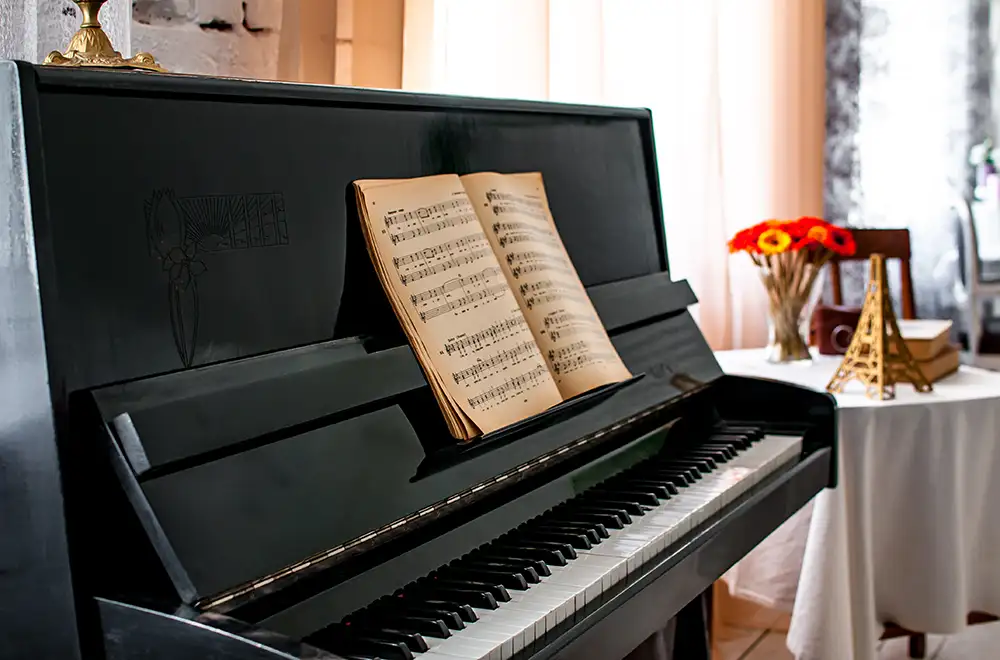
Upright pianos are the most common choice for homes, schools, and practice spaces. Their design emphasizes practicality without sacrificing sound or playability.
Design and Dimensions
Upright pianos are built with a vertical frame and strings, which makes them significantly more compact than grands. Depending on the model, upright piano dimensions typically range from about 43 to 60 inches tall, with widths around 58 inches. Their tall but narrow build allows them to fit neatly against a wall, making them ideal for apartments, classrooms, or small living rooms.
Pros of Upright Pianos
Upright pianos come with several practical advantages:
- More affordable: Uprights are generally less expensive than grand pianos, making them an accessible entry point for families, schools, and beginners.
- Space-saving: Because they don’t require much floor space, they work well in small homes and studios.
- Easier to move and maintain: Uprights are lighter and simpler to transport compared to grands. They also tend to hold their tuning longer in residential environments, since they’re less sensitive to changes in humidity and temperature compared to a studio piano.
Who Should Consider an Upright?
An upright piano is often the best piano for home use if you’re limited on space or budget. Students, hobbyists, and casual players will find that an upright provides all the expressive capability they need for lessons and practice. It’s also a smart choice for teachers with small studios or for anyone who wants the beauty of a real piano without dedicating an entire room to it.
Grand Pianos: Features and Benefits
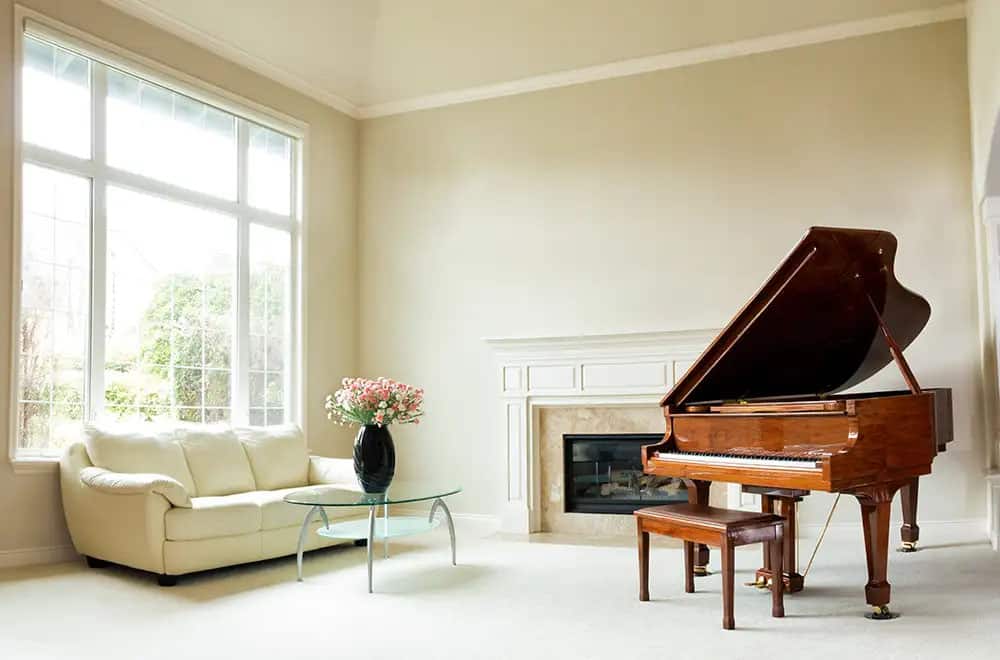
Grand pianos are the iconic instruments you’ll find in concert halls, music schools, and elegant homes. Their design prioritizes sound quality, performance, and visual presence.
Design and Soundboard Layout
Unlike uprights, grand pianos use horizontal strings and a wide, flat soundboard. This layout allows for longer strings, which provide better resonance and tonal depth. The action mechanism also works with gravity rather than vertical springs, resulting in faster, more responsive key action. Together, these elements give grand pianos a distinctive sound and feel that serious musicians often prefer.
Pros of Grand Pianos
Here are some key reasons why so many performers and professionals choose grands:
- Superior sound and dynamic range: The horizontal string layout produces a fuller, deeper, and more powerful sound.
- Better key action: The grand’s action mechanism allows faster repetition of notes and greater control over touch.
- Visually elegant: With their sweeping curves and polished finishes, grand pianos double as stunning centerpiece furniture for formal homes, recital spaces, or concert halls, appealing to both pianists and decorators alike.
Who Should Consider a Grand?
A grand piano is best suited for serious musicians, teachers, or performers who want the finest sound and playing experience. It’s also a strong choice for those who value the visual elegance of an instrument that enhances their space. If you’re ready to invest in both top-quality sound and aesthetics, a grand is worth the commitment.
Upright vs Grand Piano: Side-by-Side Comparison
Let’s now compare the two types of pianos across the most important factors: sound, space, price, and maintenance.
Sound Quality
The grand piano sound vs the upright is where the biggest difference lies. Grands have a fuller, more responsive tone, with more subtlety and power across dynamics. Uprights, while slightly more muted, still provide expressive sound that works beautifully for practice, lessons, and casual playing. For most beginners and hobbyists, an upright’s tone is more than adequate.
Space Requirements
Another major difference is the space each type requires. Uprights can sit neatly against a wall, fitting comfortably into modest living rooms or studios. Grands, however, need significant floor space. Even a baby grand requires at least 5 feet of depth, plus additional room for the bench and to fully open the lid.
Price Comparison
Upright pianos generally range from about $3,000 to $10,000, while grand pianos typically start around $8,000 and can exceed $50,000 for high-end concert models. Uprights offer a professional-quality instrument without the higher price tag. The steeper investment in a grand reflects the superior craftsmanship, prestige, and sound quality it provides.
Maintenance and Tuning
Both uprights and grands require regular tuning, usually every 6–12 months, depending on use and environment. Grands, especially those used for performance, may need more frequent care because of their sensitivity and size. Uprights are often easier to maintain in everyday home settings, making them less demanding for casual players.
Other Types of Pianos to Be Aware Of
While uprights and grands dominate the conversation, a few other types of pianos are worth noting:
- Baby Grand Pianos: Smaller versions of grands, usually around 5 feet long, offering a balance between size and rich sound. Perfect for homes that want the look and tone of a grand without needing a concert hall space.
- Studio Upright Pianos: Taller than console or spinet uprights, with longer strings for a bigger sound. A great option for serious students or small performance venues.
- Console and Spinet Pianos: More compact uprights, ideal for beginners or tight spaces. Their smaller size makes them affordable, though tone and action are less refined.
These variations provide more tailored options depending on budget, space, and goals.
How to Choose the Right Piano for Your Space & Needs
When deciding between an upright and a grand piano, it’s important to consider not only their features but also how the instrument fits into your life.
Evaluate Your Musical Goals
Think about what you want from your piano. If your goals are casual learning, family enjoyment, or practice, an upright will serve you well. If you’re aiming for performance, advanced study, or professional teaching, a grand is the better fit.
Consider Space and Aesthetics
Measure your room carefully before making a decision. Look at both the floor space and how the piano will influence the acoustics and overall look of the room. An upright can tuck neatly against a wall, while a grand makes a strong visual and iconic statement in any space.
Get Help from a Local Piano Expert
Choosing a piano is both a practical and emotional decision, especially when considering the different piano ranges available. That’s why it helps to consult professionals who understand the differences firsthand. At Piano Specialists of Arkansas, you can see, hear, and play various pianos in person, with expert guidance to match you with the right instrument for your needs.
Ready to Choose Your Piano? Key Takeaways Before You Buy
Both uprights and grands offer unique strengths. Upright pianos are affordable, space-efficient, and ideal for students and families. Grand pianos deliver unmatched sound, responsiveness, and elegance for serious players and formal settings. When selecting the best piano for home use, your choice should balance goals, budget, and space. Whether you value the practicality of an upright or the prestige of a grand, Piano Specialists of Arkansas is here to guide you every step of the way.
Related Posts
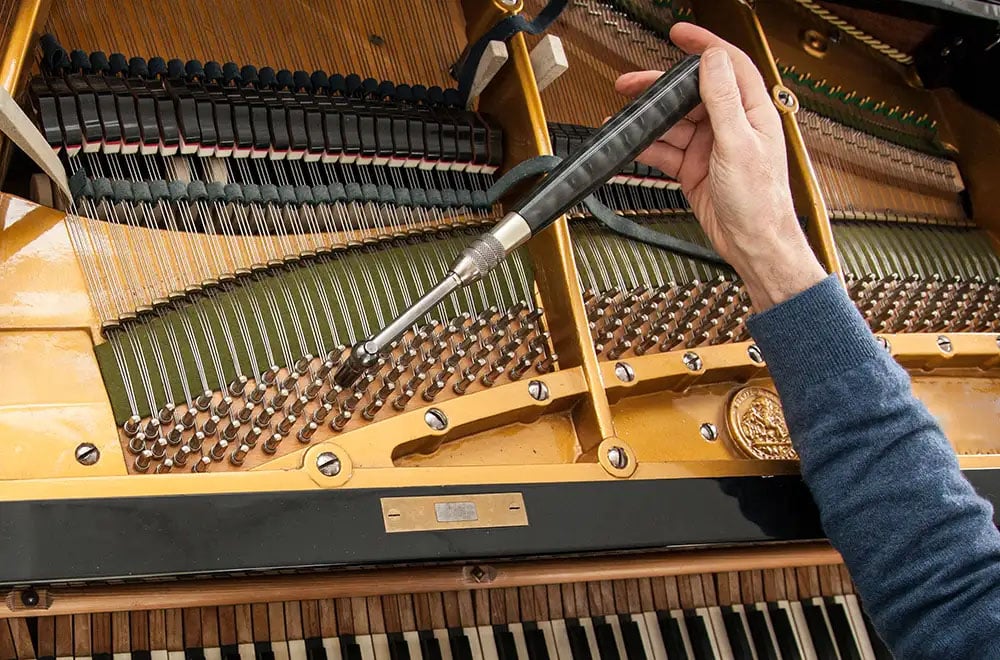
Is Your Piano Holiday-Ready? Piano Tuning & Maintenance Tips Before Guests Arrive

How to Prepare Your Piano for a Move: A Step-by-Step Guide
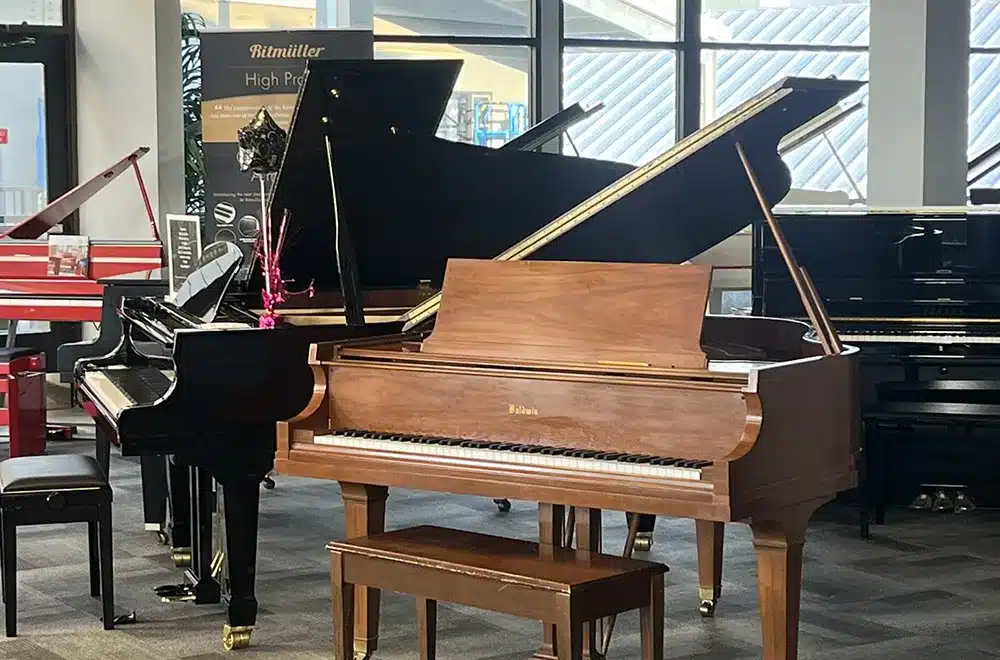
Should You Buy a New or Used Piano? Pros and Cons Explained

What Is Piano Rescue? How We Help Save Pianos in Distress

Where to Store a Piano: Temperature, Humidity & Best Practices

Why Hiring Professional Piano Movers Is Worth It

How Much Does It Cost to Move a Piano?
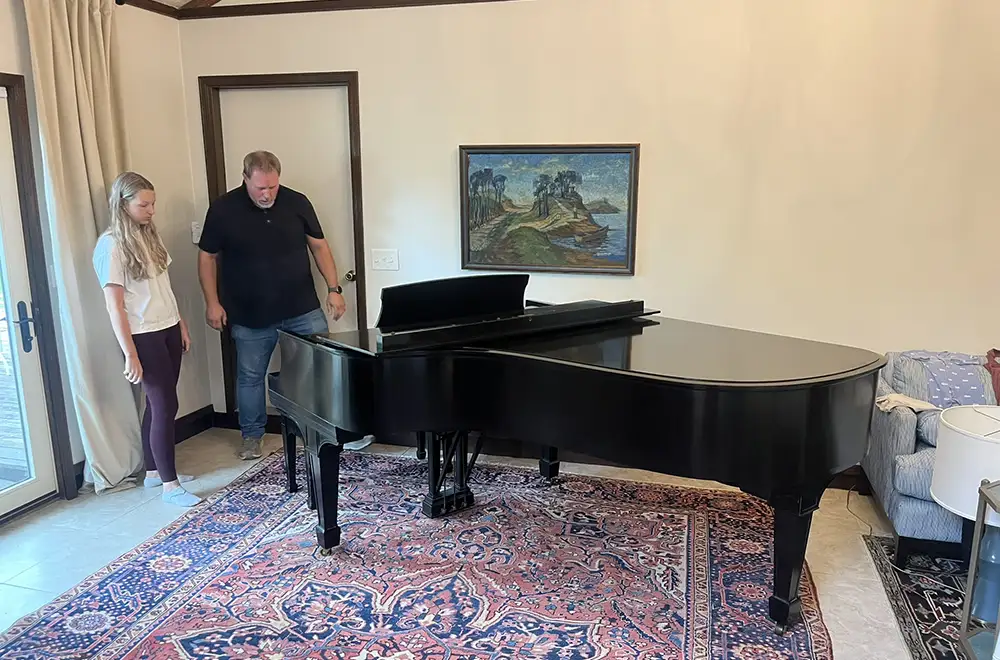
How To Rent a Piano – Essential Tips for Beginners & Musicians

The Ultimate Guide to Piano Tuning: How Often Should You Tune Your Piano?
